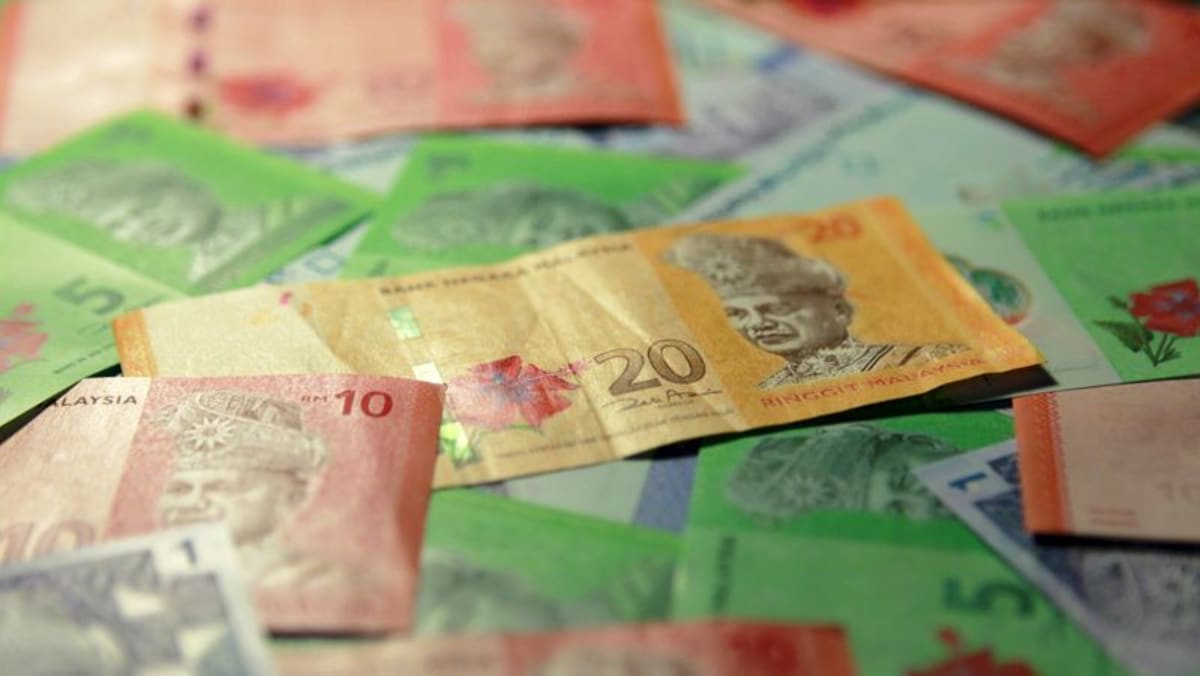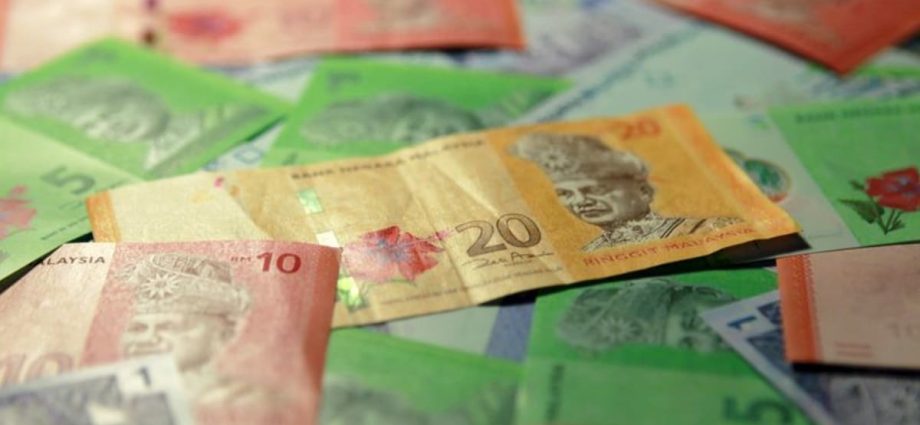
Currency dealers said that Bank Negara was already present in the market in recent weeks to lessen volatility in the local market, which directly resulted in the drop in the country’s international reserves.
The central bank’s international reserves stayed in a downtrend for three straight months and declined by US$1.3 billion at end-June to US$111.4 billion, according to official data.
The rebound in the ringgit was also registered with regional currencies. Against the Singapore dollar, the ringgit went up to 3.4374 from Thursday’s close of 3.4553.
While the ringgit’s volatility has been driven by external demand, particularly with interest rate spikes in the US and other markets, currency dealers also argued that the Malaysian currency, which is only traded locally, suffers from regulatory curbs that need to be reviewed to create a more robust market.
Daily turnover in the interbank and forex market that averaged between US$1.5 billion and US$2 billion six years ago, rarely exceeds US$500 million each trading day currently, noted several currency dealers.
“Controls imposed by the central bank to curb foreign trading of the local currency have sucked out the liquidity, which is the lifeblood for all financial markets,” noted a chief currency dealer in a state-controlled bank, who requested anonymity.
Foreign investors, who held about half of the outstanding Malaysian government bonds, fled the market in November 2016 when Bank Negara imposed a strict ban on the trading of offshore contracts, known as ringgit non-deliverable forwards (NDFs), to hedge their exposure on the ringgit.
Foreign holdings have been steadily increasing, but they account for about 14 per cent of total outstanding government debt, according to economists.
“The first port of call for foreign investors wanting to pour money into the country is the forex market and we need to make it attractive by generating liquidity. That is the elephant in the room,” said the chief currency dealer.

